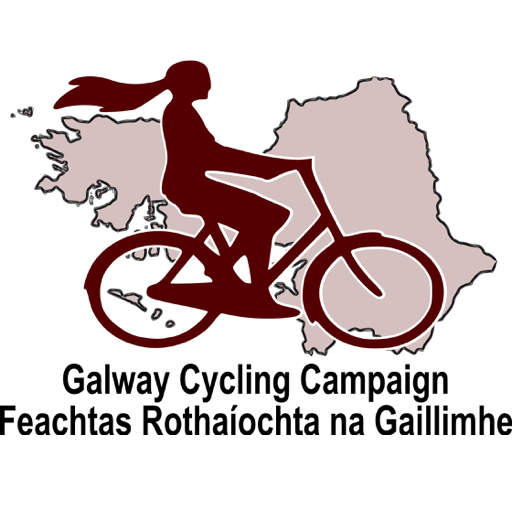Tag: NUIG
-
School Park and Stride graded D for effort
The Park and Stride initiative by Galway City Council in partnership with An Taisce-Green Schools is welcomed by the Galway Cycling Campaign and Galway Cycle Bus, yet they warn that […]
-
Bike Movie Night in NUI, Galway (Sept 2010)
A Bike Movie Night will take place in NUI, Galway, on Wednesday 22 September 2010, from 7pm to 9.40pm. The location is the Kirwan Theatre on the main Concourse. Admission […]
